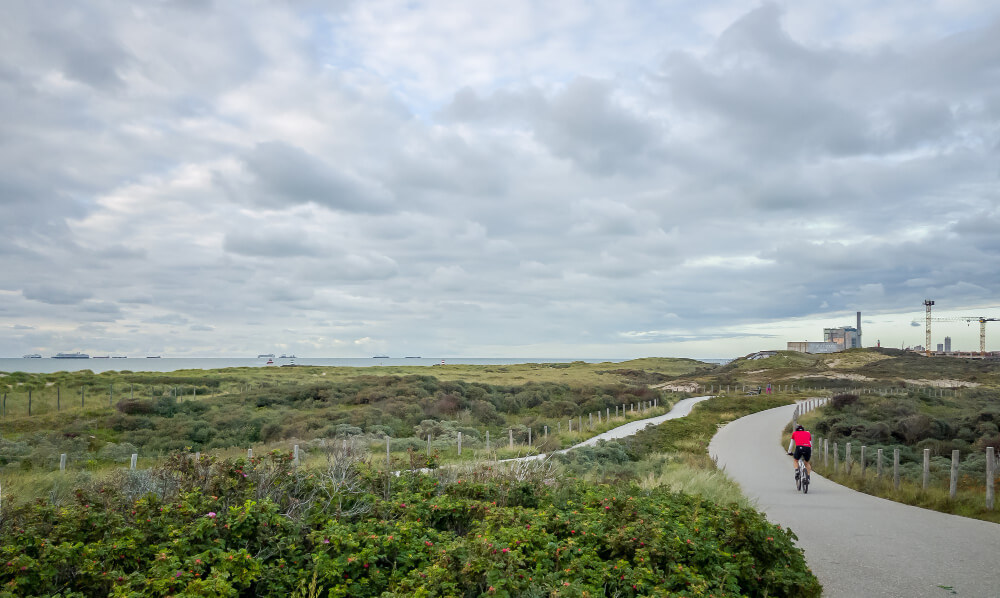Welcome to your comprehensive guide to mastering Tongariro Crossing weather! Whether you’re a novice hiker planning your first excursion or a seasoned trekker seeking updated insights, you’re in the right place.
In this extensive guide, we’ll delve deep into the intricacies of Tongariro’s weather patterns, providing you with expert advice, essential tips, and practical strategies to ensure a safe and enjoyable journey through New Zealand’s iconic landscape.

Understanding Tongariro Crossing Weather
Tongariro Crossing is renowned for its breathtaking beauty, diverse terrain, and unpredictable weather.
Nestled in the heart of Tongariro National Park on New Zealand’s North Island, this 19.4-kilometer track offers stunning views of volcanic craters, alpine meadows, and emerald lakes.
However, the weather can change rapidly, presenting challenges to even the most experienced hikers. Here’s what you need to know:
- Variable Conditions: Tongariro Crossing weather is characterized by its variability. One moment, you may be basking in the warmth of the sun, and the next, you could find yourself battling strong winds, driving rain, or even snow. This unpredictability adds an element of excitement to the journey but also requires careful planning and preparation.
- Microclimates: The Tongariro National Park is home to diverse microclimates, influenced by factors such as altitude, topography, and proximity to the Tasman Sea. As you traverse the track, you’ll encounter different weather conditions, from sunny valleys to misty plateaus and icy summits. It’s essential to be adaptable and responsive to these changes as you hike.
- Seasonal Variations: Weather conditions on the Tongariro Crossing vary significantly depending on the time of year. Summer (December to February) generally brings warmer temperatures and longer daylight hours, making it the most popular season for hiking. However, even in summer, you should be prepared for sudden changes in weather, including rain, fog, and strong winds. Winter (June to August) can be harsh, with snow and ice covering much of the track. Spring and autumn offer a mix of conditions, with cooler temperatures and the possibility of rain or snow at higher elevations.
- Weather Hazards: While Tongariro Crossing is a spectacular hike, it’s essential to be aware of potential weather hazards that could affect your journey. These hazards may include hypothermia, dehydration, sunburn, and even avalanches in winter. By understanding these risks and taking appropriate precautions, you can mitigate the dangers and enjoy a safer hiking experience.
Expert Tips for Navigating Tongariro Crossing Weather
Now that you have a better understanding of Tongariro Crossing weather, let’s explore some expert tips to help you navigate it successfully:
- Check the Forecast: Before embarking on your hike, always check the latest weather forecast for Tongariro National Park. Websites such as MetService or the New Zealand Met Office provide up-to-date information on temperature, precipitation, wind speed, and other essential factors. Pay close attention to the forecast for the duration of your hike, as conditions can change rapidly.
- Dress Appropriately: Dressing appropriately for the weather is key to staying comfortable and safe on the Tongariro Crossing. Be sure to wear moisture-wicking base layers, insulating mid-layers, and waterproof and windproof outer layers. Pack additional clothing layers, including a warm hat, gloves, and a scarf, to protect against cold temperatures and wind chill.
- Pack Essential Gear: In addition to clothing, make sure to pack essential gear for your hike. This may include a sturdy pair of hiking boots, a waterproof jacket, a backpack with plenty of water and snacks, a map and compass or GPS device, a first aid kit, a flashlight or headlamp, sunscreen, sunglasses, and a hat for sun protection.
- Stay Hydrated and Fueled: Proper hydration and nutrition are essential for maintaining energy levels and preventing dehydration during your hike. Drink plenty of water throughout the day, even if you don’t feel thirsty, and consume high-energy snacks to fuel your body. Avoid alcohol and caffeine, as they can contribute to dehydration.
- Monitor Weather Conditions: While hiking, pay close attention to changing weather conditions and be prepared to adjust your plans accordingly. If you encounter inclement weather, such as heavy rain, lightning, or strong winds, seek shelter in a safe location until conditions improve. Don’t hesitate to turn back or postpone your hike if the weather becomes too severe.
- Respect Nature: Above all, respect the power of nature and the unpredictable weather of Tongariro Crossing. Stay on designated trails, follow Leave No Trace principles, and be mindful of your impact on the environment. By treating the landscape with care and reverence, you can help preserve its beauty for future generations to enjoy.
Conclusion
In conclusion, mastering Tongariro Crossing weather requires careful preparation, adaptability, and respect for nature.
By understanding the variability of weather conditions, following expert tips, and prioritizing safety at all times, you can embark on a memorable journey through one of New Zealand’s most iconic landscapes.
So, gear up, check the forecast, and get ready to experience the beauty and wonder of Tongariro National Park, rain or shine!

Frequently Asked Questions
What is the Tongariro Crossing Weather Forecast?
The weather in Tongariro National Park can change rapidly, with conditions ranging from sun to wind, rain, and snow. It’s crucial to be prepared regardless of the forecast, ensuring safety in the mountains
.
When is the best time to do the Tongariro Alpine Crossing?
The morning generally offers better weather conditions in mountainous areas, with more cloud build-up and stronger winds in the afternoon.
The most settled months are February, March, and April, but good weather can occur at any time. November is recommended for a quieter hike with possible snow remnants, creating a beautiful contrast
.
Is Mount Tongariro an active volcano?
Yes, Mount Tongariro is an active volcano with eruptions as recent as 2012. Mount Ngauruhoe and Mount Ruapehu are also active volcanoes in the area.
Hikers should be aware of the signs, potential risks, and eruption procedures before embarking on the Tongariro Alpine Crossing.
What season is best for the Tongariro Alpine Crossing?
For first-time hikers, the summer months are ideal as the tracks are dry and free of slippery snow and ice, making navigation easier.
Winter presents more challenges, requiring additional equipment like ice axes and crampons, extending the trek time to around eight hours.
How do I prepare ahead for the Tongariro Alpine Crossing?
Adequate preparation is essential for the Tongariro Alpine Crossing. Ensure a reasonable level of fitness, check for recent volcanic activity, and know what to do in case of an eruption.
Familiarize yourself with the route and be ready for a challenging but rewarding trek through volcanic terrain
.